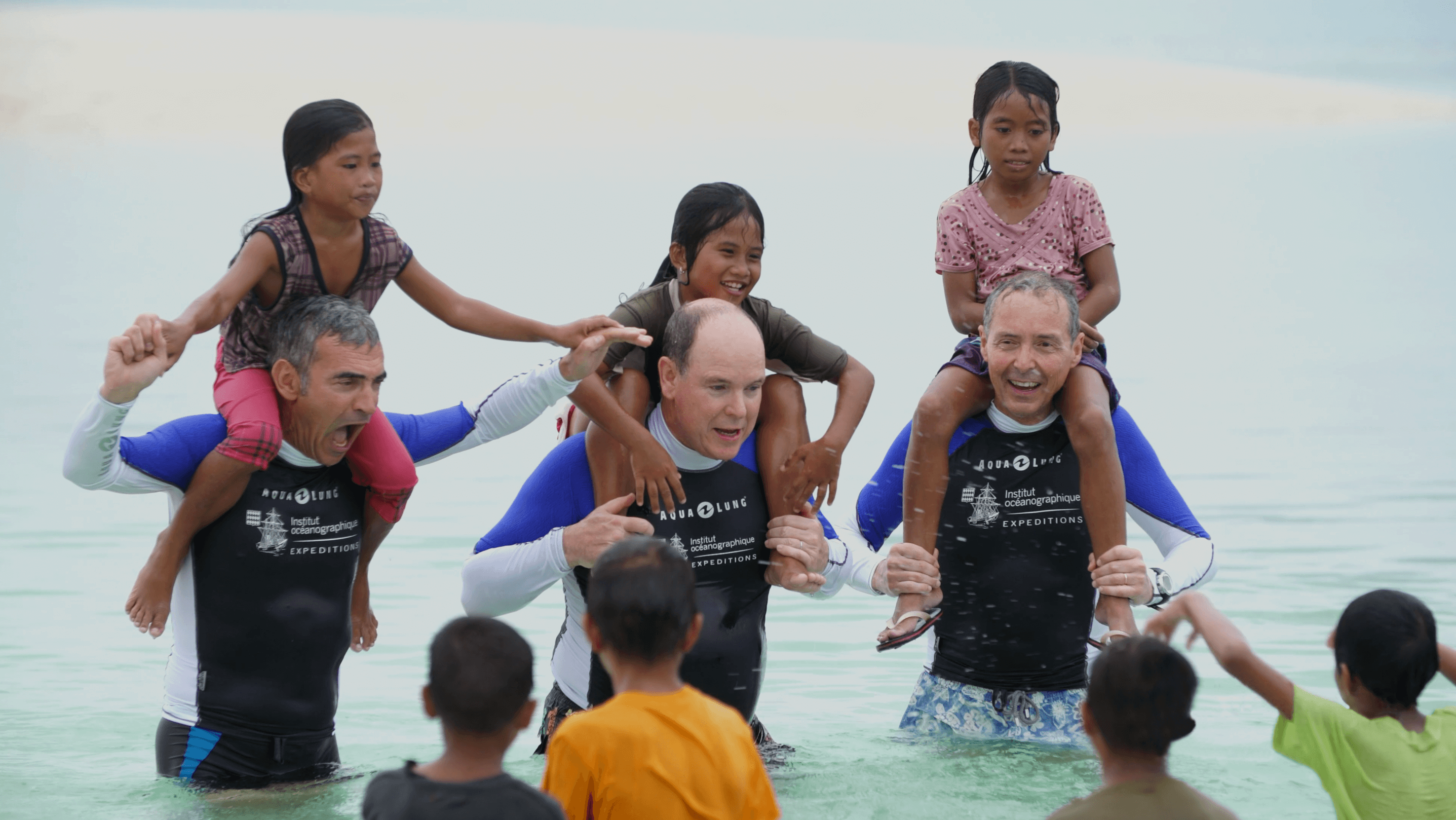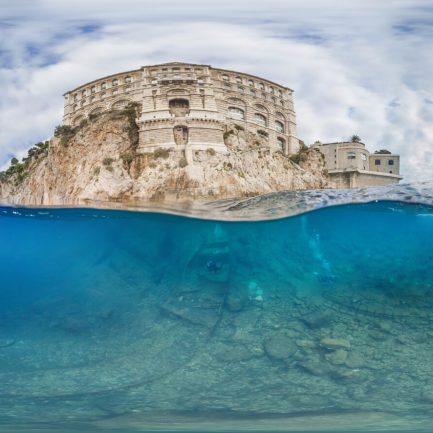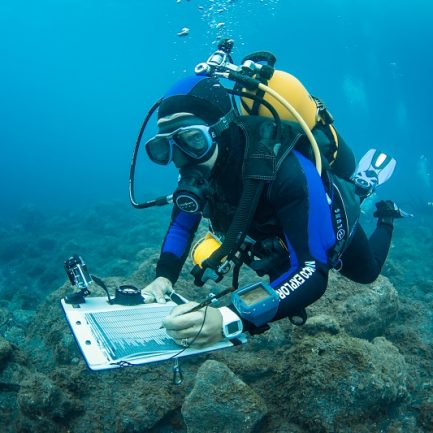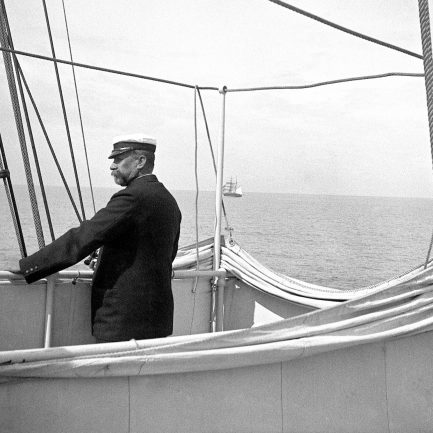Tagging sea turtles in the Philippines for the first time
- Home
- Actualités
- Philippines: Turtle tagging
First turtle tagging for the Oceanographic Institute in the Philippines
In 2016, H.S.H. Prince Albert II of Monaco took advantage of an official visit to the Republic of the Philippines, invited by President Benigno S. Aquino III, to visit the Tubbataha Reefs Natural Park, a coral atoll listed as a World Heritage Site, in the heart of the Sulu Sea.
On this occasion, H.S.H. Prince Albert II of Monaco equipped two turtles with Argos beacons. Nicolas Pilcher, member of the IUCN Marine Turtle Specialist Group and Director of the Marine Research Foundation in Malaysia, and Angélique Songco, Director of the Tubbataha Reef Nature Park, provide some analysis.
Argos beacons to follow the turtles on their odyssey
The tags are placed on two turtles: a green turtle and a juvenile hawksbill turtle; two of the seven species of sea turtles known to date.
These two specimens have been the object of much attention and have been monitored by the Oceanographic Institute and its scientific partners.
Thanks to the geopositioning emitted by the Argos beacons, it was possible to retrace their route.
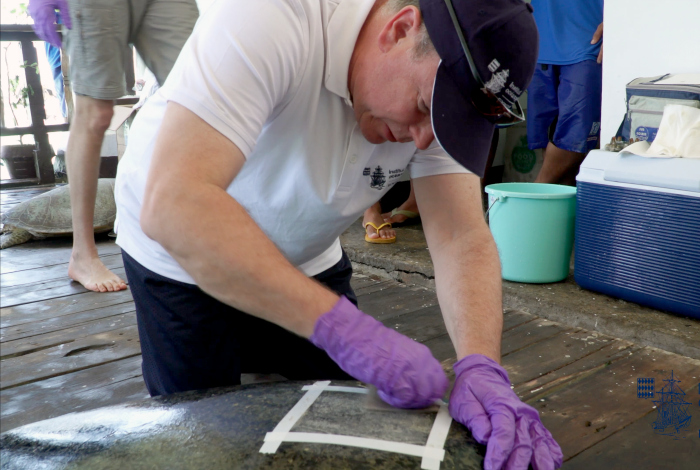
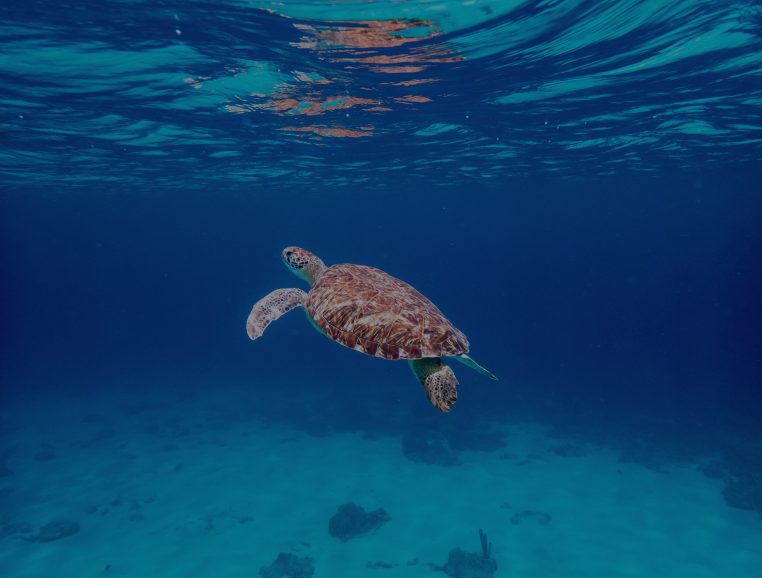
Why is there sometimes a break in the signal?
Tracking turtles with markers is sometimes difficult and signal interruptions can occur.
Several factors explain this phenomenon, according to Dr. G. G. B. Nicolas J. Pilcher: “Sometimes the turtle emerges but no satellite is present to receive the signal; this happens regularly. By chance, this sometimes lasts for quite a long time. Another reason is the quality of the signal itself. If the turtle does not stay on the surface long enough, the signal is too short to generate the geographic location.
The beacon antenna can also be challenged on principle, especially when it is covered with marine debris of natural origin (marine plants or algae for example) or anthropogenic, i.e. of human origin (plastic or other waste) that prevents transmission.”
Valuable information on turtle behaviour
Within the Park’s protected area, turtles evolve in a predictable way.
The green turtle stays on the upper part of the reef of the South islet, to feed on marine plants.
The hawksbill turtle behaves in a different way and spends its time on the outer part of the reef of the North islet.
Why? Pilcher explains that the young hawksbill turtle moves around more to find its food, which consists of meat products, invertebrates and soft corals. The green turtle, thanks to its vegetarian diet, evolves on a smaller space.
Another very interesting piece of information: the young hawksbill turtle seems to make “excursions” into deep areas and then “incursions” into the lagoon, at a very shallow depth. Although this cannot be substantiated at this stage, it is possible to imagine that it avoids some predators.
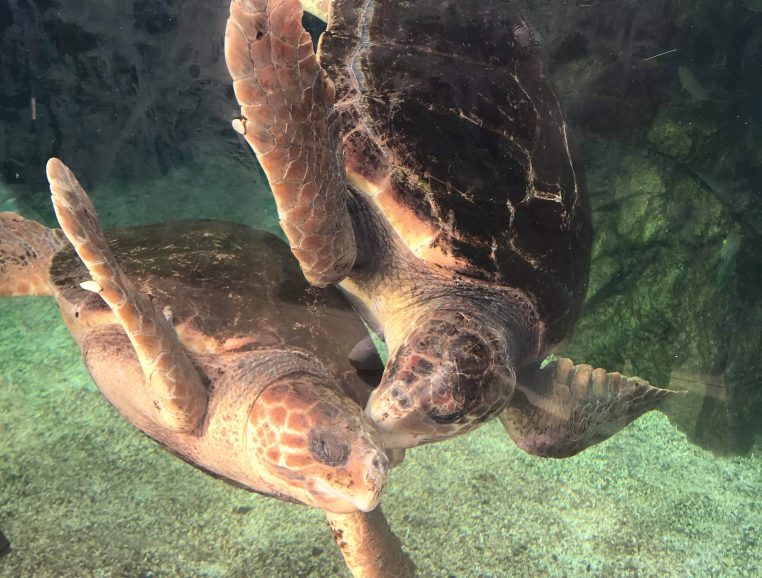
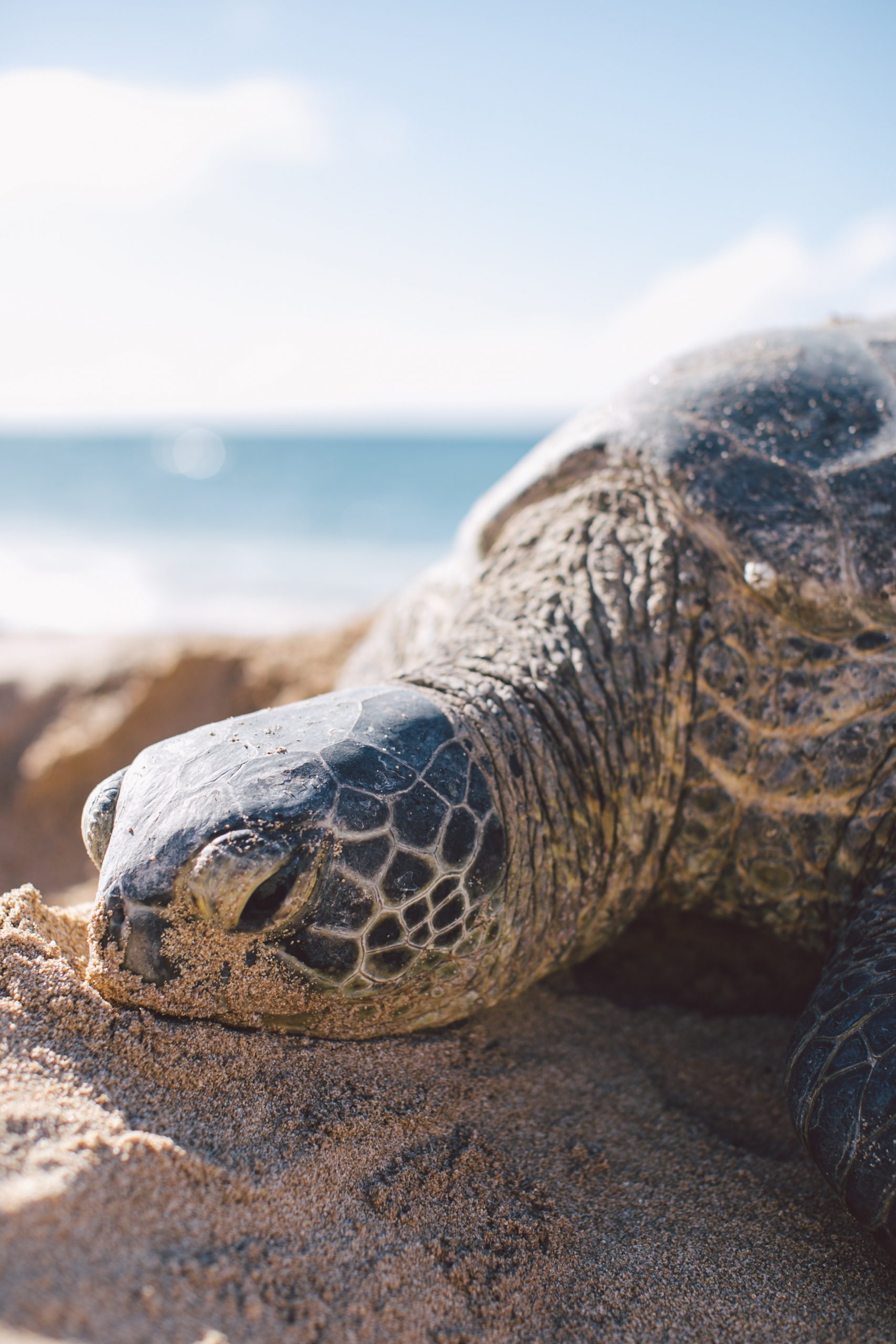
Evidence from shark bites
Tourist divers, involved in the participatory science program, have observed hawksbill turtles with predation marks.
Tiger sharks, known to feed on sea turtles among other things, are very frequently seen in the area.
Divers also encountered numerous whale sharks and manta rays. These sea giants are harmless to sea turtles because they feed on plankton, small fish and crustaceans.
It is a godsend for these diving tourists who find themselves in the heart of a protected site, where they can observe the extraordinary biodiversity.
Record observation of hawksbill turtles
Angelique Songco and Retchie Pagliawa of the Tubbataha Nature Park management team inform that three years after the Tubbataha Reef Watch program was established, 2016 saw the highest number of hawksbill turtle sightings, particularly at the Black Rock and Delsan Wreck dive sites, both located on the South Islet.
From the end of June, however, the southwest monsoon brings rain and strong winds. It then prevents the visit of Tubbataha Park.
During this period, the sea is very rough, making navigation and diving impossible. It is necessary to wait a few weeks so that the teams of the Park and the “participative tourist divers” can resume their investigations and have a chance to observe again the two emblematic turtles.
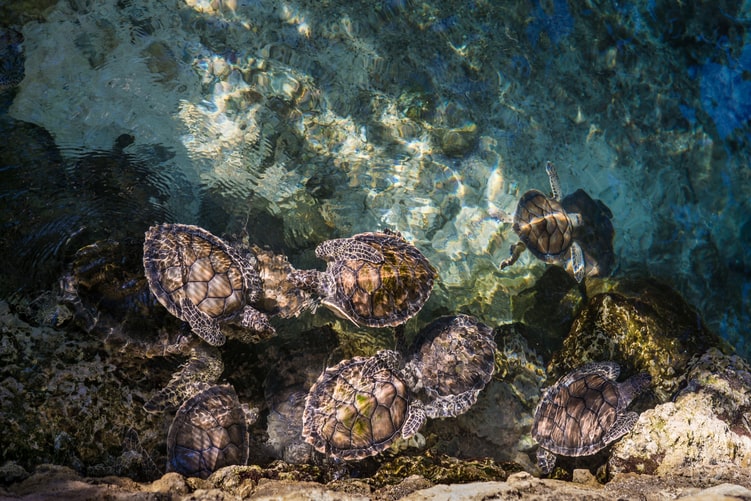
Coral, heart of the ocean
This expedition resulted in a documentary, Corail, cœur de l’océan, directed by Frédéric Lossignol and produced by Gédéon Production, as well as an exhibition by David Doubilet.
